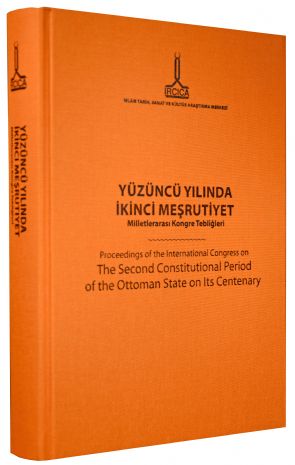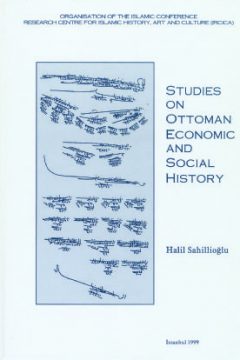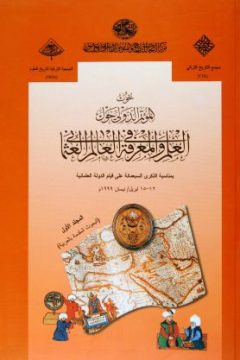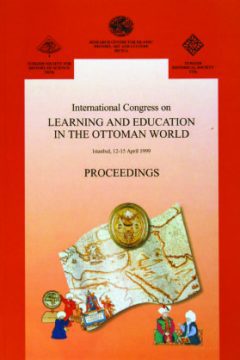History of the Ottoman State and Civilization Series 11, IRCICA; Istanbul, 2012.
The International Congress on “The Second Constitutional Period/Meşrutiyet of the Ottoman State on its Centenary” was organized by IRCICA in Istanbul, on 7-10 May 2008, with the participation of 106 scholars and researchers presenting 102 papers. The papers are published in this book in their original language: English, Turkish or Arabic.
The 1839 Tanzimat and the 1856 Islahat initiatives of the Ottoman State, proclamation of the Constitution and establishment of the Parliament in 1876, subsequent dismissal of the Parliament and suspension of the Constitution, and its reinstatement thirty years later in 1908, each of these events resulted from the interplay of external and internal factors but were all motivated by the objective of keeping the empire in unity. This constitutional process of the Ottoman State inspired many attempts of democratization in other parts of the world. Some of the ensuing political and ideological currents constituted turning points in the history of countries.
Similar to other examples of dissolution of empires in the world, the decline of the Ottoman empire led to the birth of new nation-states of varying sizes and diverse political regimes. Transformations in the mosaic of nations and communities that had emerged from it continued throughout twentieth century. The papers examine the period from various angles: the factors that prepared the reinstatement of the Ottoman Constitution in 1908, the political, social, economic, cultural, legal and other consequences of the Second Constitution in the capital and in the provinces, its echoes in different parts of the empire and in other countries of the East and the West, its reflections in the press, in literature, its impact on educational institutions, among other developments.









